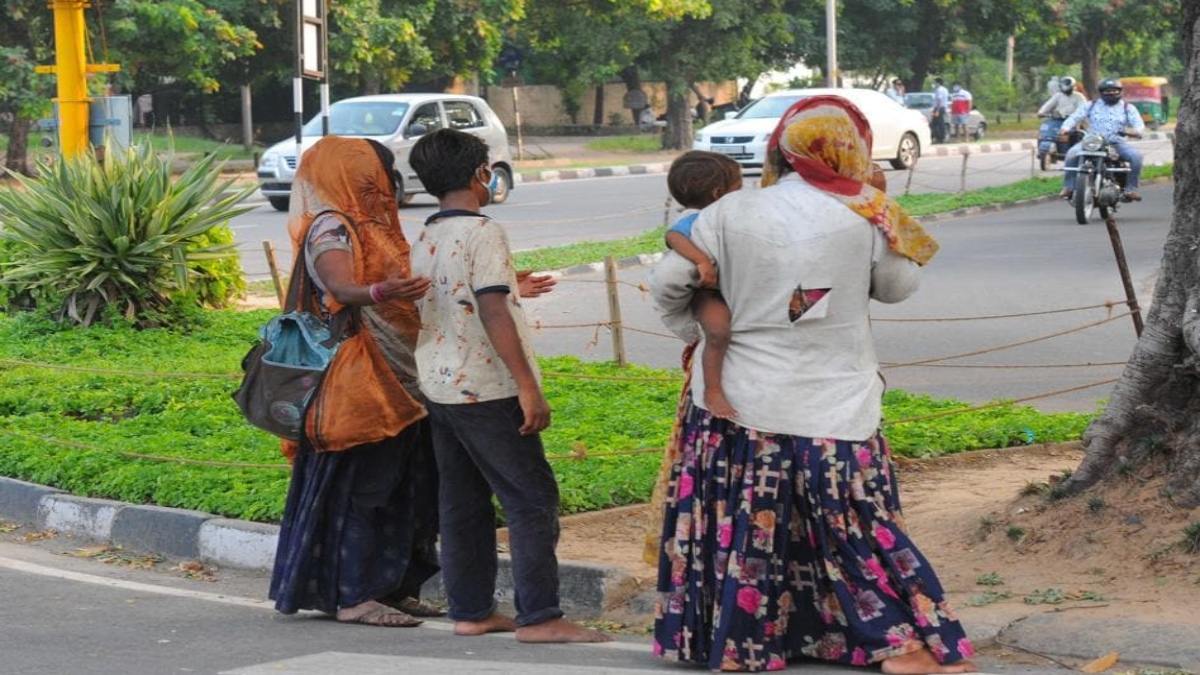


India has recently disclosed its consumption expenditure data for 2022-23, marking the first survey-based poverty estimates in over a decade. The data is significant as it addresses the absence of up-to-date information, providing clarity to global poverty headcount ratios.
India employs two methods to estimate consumption expenditures: the Uniform Recall Period (URP) and the more accurate Modified Mixed Recall Period (MMRP). The shift to MMRP in the 2022-23 survey signifies a move toward international standards.
The data reveals noteworthy trends:
Growth: Real per capita consumption has grown at 2.9% per annum since 2011-12, with rural areas experiencing higher growth at 3.1% pa compared to urban growth at 2.6% pa.
Inequality: Both urban and rural inequality witnessed an unprecedented decline. Urban Gini decreased from 36.7 to 31.9, and rural Gini declined from 28.7 to 27.0, a remarkable trend given the context of high per capita growth.
Poverty: The combination of high growth and a substantial decline in inequality has effectively eradicated poverty in India for the PPP$ 1.9 poverty line. The Headcount Poverty Ratio (HCR) for this line decreased from 12.2% in 2011-12 to 2% in 2022-23. Rural poverty is now at 2.5%, and urban poverty stands at 1%. For the PPP$ 3.2 line, HCR declined from 53.6% to 20.8%.
Contrary to World Bank estimates, the official data shows significantly fewer poor people in India at both thresholds. The World Bank’s reliance on the Consumer Pyramids Household Survey for 2020 led to estimates of 10% (at $1.90) and 45% (at $3.20), despite acknowledged data issues.
The higher consumption growth in rural areas aligns with robust policy measures emphasizing redistribution through publicly funded programs. Initiatives such as the national mission for construction, universal access to utilities, and targeted developmental programs have contributed to this positive trend.
In conclusion, the official data confirms the elimination of extreme poverty in India, prompting the country to consider a higher poverty line in line with global standards. This transition provides an opportunity to redefine social protection programs, ensuring better identification of beneficiaries and greater support for the genuinely impoverished.